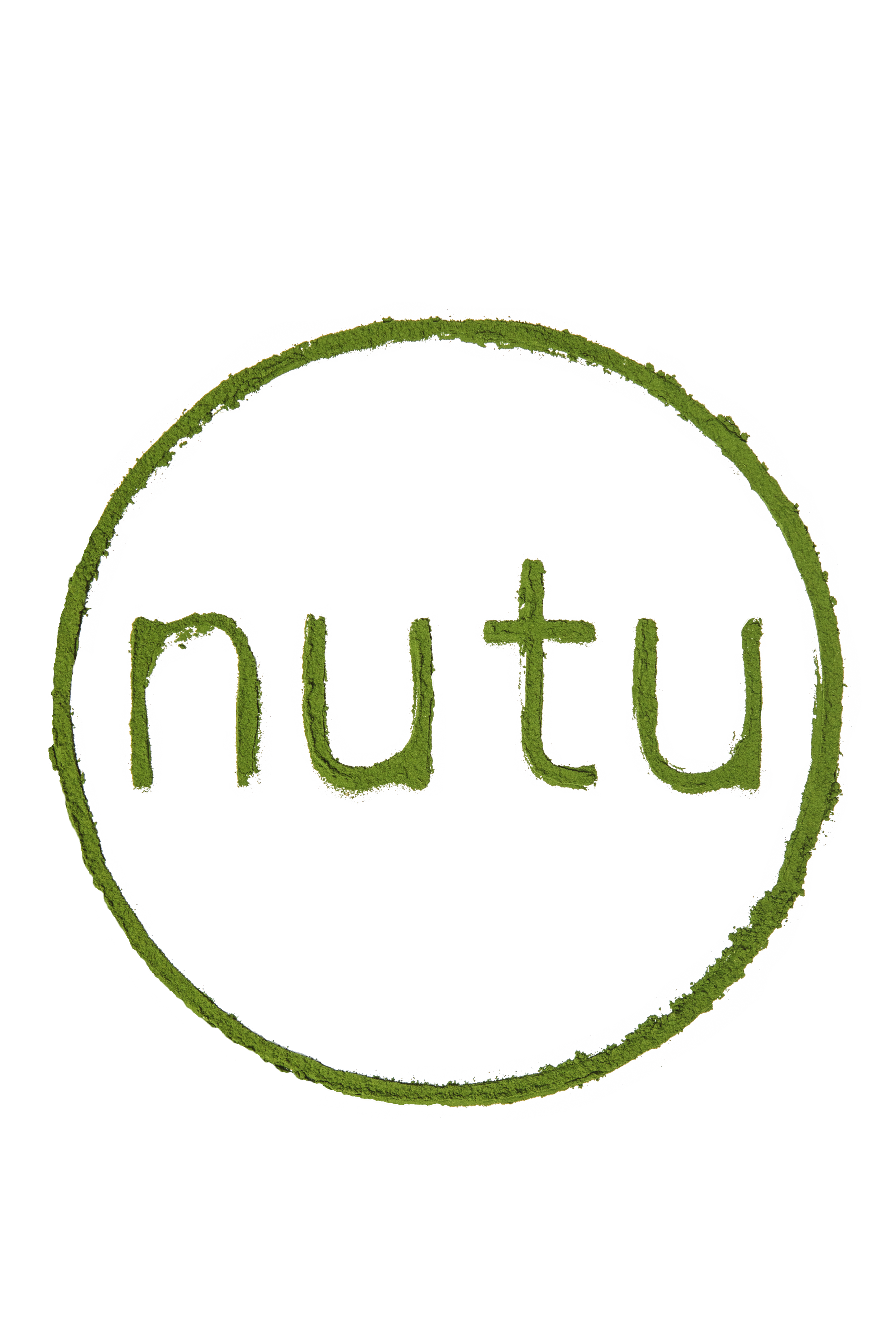Moringa Oleifera skincare benefits
Green beauty with moringa oleifera
Oleifera means “bearing oil”
Moringa oil: A" new yet old" unique cosmetic emollient. INFORM-CHAMPAIGN-, 17(11), 739. Kleiman, R., Brown, J., & Hill, J. (2006).
Present-day research has yielded new and exciting uses for moringa oil in cosmetic and skin care formulations. The tactile, chemical, mechanical and physical properties of this oil and its derivatives have revealed some truly unique results. The exceptional oxidative stability of moringa oil and its derivatives leads to cosmetic formulations that resist rancidity and, over time, remain as fresh and as stable as the day they were packaged.
Seed yield components, oil content, and fatty acid composition of two cultivars of moringa (Moringa oleifera Lam.) growing in the Arid Chaco of Argentina. Industrial Crops and Products, 33(2), 389-394. Ayerza, R. (2011).
The recognition that moringa oil has value in cosmetics has increased interest in cultivating it for seed-oil. The experimental trials were conducted in a semi-commercial moringa plantation in the subtropical northwestern region of Argentina, considering the similar climate conditions to the plant native region. Pods per tree, seeds per pod, weight of seed per pod, kernel weight, kernels oil content and fatty acid composition of PKM-1 and African cultivars were determined. One individual, E4-9, a PKM-1 plant, had significantly (P < 0.05) higher production than all other plants. In addition, this individual was the highest extrapolated oil producer in both 2003 and 2004, with 595 and 564 kg ha−1, respectively (ave. 580 kg ha−1). Seed weight (200-seed wt.) was significantly greater in 2003 than 2004; no other traits studied showed significant differences between years. Both cultivars produced-oil with practically identical fatty acid composition, and the monounsaturated ω-9 oleic fatty acid accounted for more than 70% of the total for both cultivars. The polyunsaturated ω-6 linoleic fatty acid content of the African cultivar was slightly, but significantly (P < 0.05), higher than that of PKM-1.
Antioxidant, antimicrobial and phytochemical variations in thirteen Moringa oleifera Lam. Cultivars. Molecules, 19(7), 10480-10494. Ndhlala, A. R., Mulaudzi, R., Ncube, B., Abdelgadir, H. A., du Plooy, C. P., & Van Staden, J. (2014).
A study was undertaken to assess variation in antioxidant, antimicrobial and phytochemical properties of thirteen Moringa oleifera cultivars obtained from different locations across the globe. Standard antioxidant methods including the DPPH scavenging, ferric reducing power (FRAP) and β-carotene-linoleic acid model were used to evaluate the activity. Variation in the antioxidant activity was observed, with TOT4951 from Thailand being the most active, with activity five times higher than that of ascorbic acid (reference compound). A different trend was observed for the activity in the FRAP and β-carotene-linoleic acid assays. Antimicrobial activity was tested against Gram-positive (Staphylococcus aureus) and Gram-negative (Klebsiella pneumoniae) strains using the microdilution method. Acetone extracts of all cultivars exhibited good antibacterial activity against K. pneumoniae (MIC values of 0.78 mg/mL). The remaining extracts exhibited weak activity against the two microorganisms. For the antifungal activity, all the extracts exhibited low activity. Variations were observed in the total phenolic and flavonoid contents. Cultivars TOT5169 (Thailand) and SH (South Africa) exhibited highest amounts of total phenolic compounds while TOT5028 (Thailand) exhibited the lowest amounts of five times lower than the highest. The information offer an understanding on variations between cultivars from different geographical locations and is important in the search for antioxidant supplementation and anti-ageing products.
Profiling selected phytochemicals and nutrients in different tissues of the multipurpose tree Moringa oleifera L., grown in Ghana. Food Chemistry, 122(4), 1047-1054. Amaglo, N. K., Bennett, R. N., Curto, R. B. L., Rosa, E. A., Turco, V. L., Giuffrida, A., ... & Timpo, G. M. (2010).
The purpose of this new study was to determine the types and levels of major phytochemicals (non-nutrients) and nutrients in the different tissues from vegetative and flowering Moringa oleifera L. an important multipurpose crop. Rhamnose and acetyl-rhamnose-substituted glucosinolates were found in all of the M. oleifera tissues with different profiles depending on the tissue. In addition the tissues of M. oleifera had a relatively complex flavonoid profile consisting of glucosides, rutinosides, malonylglucosides and traces of acetylglucosides of kaempferol, quercetin and isorhamnetin. Fatty acid profiling of the different tissues showed that leaves were rich in palmitic (16:0) and linolenic (18:3) acid whereas seeds were predominated by oleic acid (18:1). Roots were rich in palmitic and oleic acid, whereas stems and twigs predominately contained palmitic acid. Potassium, magnesium and calcium were the predominant minerals in all of the tissues. Low levels of selenium were detected only in whole seeds
Enhancement of human skin facial revitalization by moringa leaf extract cream. Advances in Dermatology and Allergology/Postȩpy Dermatologii i Alergologii, 31(2), 71.Ali, A., Akhtar, N., & Chowdhary, F. (2014).
Surface values were increased by the base and decreased by the active cream. Effects produced for the base and active cream were significant and insignificant, respectively, as observed in the case of surface. Unlike the base, the active cream showed significant effects on skin volume, texture parameters (energy, variance and contrast) and SELS, SEr (skin roughness), SEsc (skin scaliness), SEsm (skin smoothness), and SEw(skin wrinkles) parameters. The results suggested that moringa cream enhances skin revitalization effect and supports anti-aging skin effects.
Antifungal activity of crude extracts and essential oil of Moringa oleifera Lam. Bioresour Technol. Chuang PH, Lee CW, Chou JY, Murugan M, Shieh BJ, Chen HM (2007).
Investigations were carried out to evaluate the therapeutic properties of the seeds and leaves of Moringa oleifera Lam as herbal medicines. Ethanol extracts showed anti-fungal activities in vitro against dermatophytes such as Trichophyton rubrum, Trichophyton mentagrophytes, Epidermophyton floccosum, and Microsporum canis. GC–MS analysis of the chemical composition of the essential oil from leaves showed a total of 44 compounds. Isolated extracts could be of use for the future development of anti-skin disease agents.
